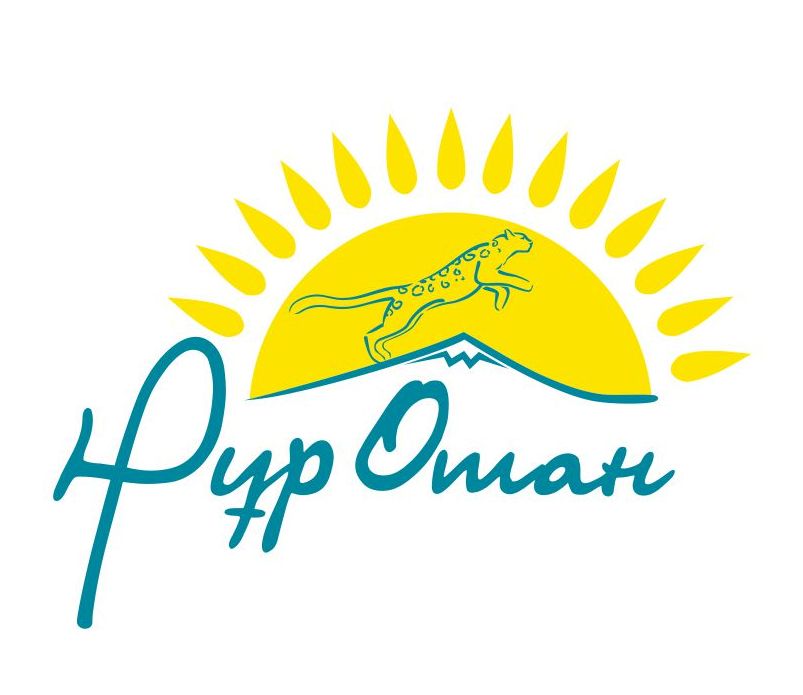
"Жануарлар түрлері тақырыбында ағылшын тілінен сабақ жоспары
|
Unit1: Animal |
School: Puhalsk primary school |
|||||||
|
Date: |
Teacher name: S.A.Zholdygulova |
|||||||
|
CLASS: 3 |
Number present: 10 |
absent:0 |
||||||
|
Theme: |
Animal types |
|||||||
|
Learning objectives(s) that this lesson is contributing to (link to the Subject programme) |
3.2.1.1 make basic statements which provide personal information on a limited range of general topics. 3.1.5.1 distinguish between phonemically distinct words. 3.5.5.1 use interrogative pronouns including: which, what, where, whose, how many, what kind of…. on a limited range of familiar topics. 3.5.14.1 use prepositions of location: at, behind, between, in, in front of, near, next to, on, under above to describe where people and things are; use prepositions time: on, in, at to talk about days and times and no preposition last week. |
|||||||
|
Lesson objectives |
All learners will be able to: - tell basic statements which provide personal information on the topic “Animal types”. - pronounce between phonemically distinct words - identify interrogative pronouns including: which, what, where, whose, how many, what kind of…. on the topic “Animal types” - Describe where people and things are and talk about days and times using prepositions of time: on, in, at; prepositions of location: at, behind, between, in, in front of, near, next to, on, under above to Most learners will be able to: -Identify basic statements which provide personal information on the topic “Animal types”. - Practice using interrogative pronouns including: which, what, where, whose, how many, what kind of…. on the topic “Animal types” - Compare where people and things are and talk about days and times using prepositions of time: on, in, at; prepositions of location: at, behind, between, in, in front of, near, next to, on, under above to Some learners will be able to: - make basic statements which provide personal information on the topic “Animal types”. Construct interrogative pronouns including: which, what, where, whose, how many, what kind of…. on the topic “Animal types” Comply about where people and things are and talk about days and times using prepositions of time: on, in, at; prepositions of location: at, behind, between, in, in front of, near, next to, on, under above to |
|||||||
|
Assessment criteria |
-Talk using personal sentences on the topic “Animal types” - Identify clearly between phonemically words - Apply which, what, where, whose, how many, what kind of… in the context of familiar topics - Express location of people and position of things using at, behind, between, in, in front of, near, next to, on, under, above. - Tell about days and times using on, in, at. - Compare next/last week. |
|||||||
|
Values links |
Love/animal care |
|||||||
|
Cross-curricular links |
Geography/ Biology |
|||||||
|
ICT skills |
PPP, video, smart board |
|||||||
|
Previous learning |
Introductory lesson |
|||||||
|
Plan |
||||||||
|
Planned timings |
Planned activities (replace the notes below with your planned activities) |
Resources |
||||||
|
Beginning 5 mins
|
CLASS-ROUTINE: Greetings. Good morning my dear pupils! Who is on duty today? INTRODUCTION [W]Warm up: Brainstorming: TPR "Alphabet Animals"Students watch video and sing a song T: What about are we going to talk today? S: About animals Yes, you are right! .[T-S] Teacher introduces the theme and lesson objectives. Today we are going to talk about animals. |
|
||||||
|
Middle 30mins |
[W,D] DEVELOPMENT Presentation of the new words [W, D] Teacher shows pictures about animals. (elephant, snakes, penguin, frog, lion, monkey, sharks). Students repeat after the teacher. [T-S] [W, D]Drilling the new words by “Back chaining”. Students repeat the new words beginning from the back letters.[T-S] [W, D]. Basketball questioning. Teacher shows the video with different animals habitat and ask question the children about animals where in live. [T-S] Where does a whale live? (In water(ocean)) Where does a birds live? Where does a rabbit live? Where does a monkey live? Descriptor: A learner
Assessment: Student assess each other by thumb assessment. If the students answer the questioned correctly they show their thumbs up. Differentiation by teacher’s support. Teacher helps to students to answer the questions. Feedback: oral feedback [I]Listening. Stand – up for your letter. Students will listen the words of animals and when they hear the sound E they should stand-up. [S-S] 1. Elephant 2. snakes 3. Penguin 4.frog 5.lion 6. monkey 7.sharks Descriptor: A learner
Assessment: Learners assess each other by clapping hands if the student does the task correctly [W, D,E] Presentation of the questions. Teacher shows pictures and asks questions to students. Teacher demonstrates using questions. 3. [P]Complete the question. Students use the words to make questions. Students write them in the sentences. (What, How many, Which, Where, Whose, What kind of).[S-S] 1. can the golden eagle do? 2. animals lives in the a mountains? 3. sea animals do you know? 4. can you see a snow leopard? 5. animals live in the forest? Descriptor: A learner -reads the sentences -identifies appropriate question words; -puts appropriate questions Assessment: Peer assessment by smiles. Students assess each other by ready keys. If the students does the task correctly they give each pair smiles. Differentiation by scaffolding: More able students help to less able students. [W]Presentation of prepositions. Teacher demonstrates usage of prepositions by pictures. Students listen and repeat after the teacher. [P] Craft work. Students draw the picture of animal using prepositions and asks his neighbors questions.[S-S] - draws the animal using preposition - asks questions about animal’s place - uses specific words and preposition - answers the questions. Assessment: Oral assessment by smiles. Student assess her partner give the smiles. If the students answered the question correctly. Physical training. To develop your pronunciation repeat after me please. The animals which live in the Polar Regions: penguin, polar bear, seal The animals which live in a Savanna: elephant, giraffe, lion, zebra The animals which live in the forest: fox, bear and bison The animals which live the rainforest: flamingo, tiger, panda, gorilla The animals which live in the desert: camel, snake, lizard and etc. 5. [I, f] Double circle. My favourite animal. Students stand in circle outside and inside. Students express their own opinions about animals. Then they stand-up in a circle face to face and describe their favourite animal. [S-S] For example: This is a tiger. It is brown. It eats meats. The tiger can sleep. I like a tiger. I can see it in the Zoo. Descriptor: A learner
Differentiation by prompt support: The students with the low level of knowledge may use vocabulary. Feedback: Verbal feedback |
Pictures
PPP
Flashcards
PPP
PPP
|
||||||
|
End 5mins |
Reflection and feedback :Can do Students tick what they can do. I can name animals names I can tell where animals live |
|
||||||
|
Additional information |
||||||||
|
Differentiation – how do you plan to give more support? How do you plan to challenge the more able learners? |
Assessment – how are you planning to check learners’ learning? |
Health and safety check |
||||||
|
Differentiation by teacher’s support. Teacher helps to students to answer the questions. Differentiation by scaffolding: More able students help to less able students. Differentiation by prompt support: The students with the low level of knowledge may use vocabulary.
|
Assessment: Student assess each other by thumb assessment. If the students answer the questioned correctly they show their thumbs up.
|
Health saving technologies. Using physical exercises and active activities. Rules from the Safety Rules book which can be applied in this lesson. |
||||||
|
Reflection
|
Use the space below to reflect on your lesson. Answer the most relevant questions from the box on the left about your lesson. Were the lesson objectives/learning objectives realistic? What did the learners learn today? What was the learning atmosphere like? Did my planned differentiation work well? Did I stick to timings? What changes did I make from my plan and why? |
|||||||




 Мектепке дейінгі балалар ұйымына жолдама қалай алуға болады
Мектепке дейінгі балалар ұйымына жолдама қалай алуға болады
 Мектепке тіркеу үшін құжаттарды қабылдау
Мектепке тіркеу үшін құжаттарды қабылдау

 Жаңа жылдыға демеушілік көмек...
Жаңа жылдыға демеушілік көмек...














